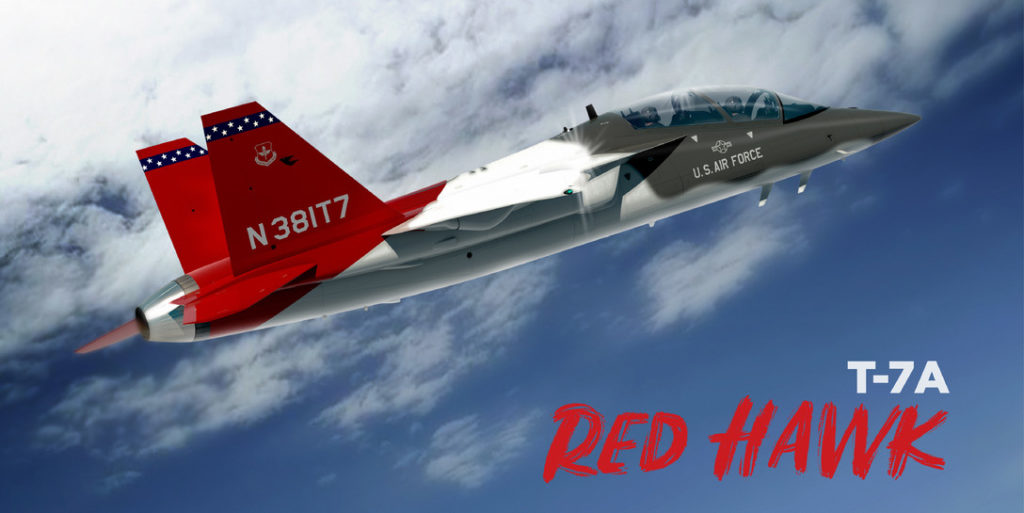Triumph Group’s restructuring efforts are coming to completion, with over a dozen operations divested so far. The transformation is part of the company’s “One Triumph” initiative begun some four years ago and set to wrap up in 2020. Through this effort, the company has made some dramatic rationalizations throughout its operations. Divisional structures have been consolidated, plants have been closed, and units have been sold off – all in an effort to transform the company into a more nimble and responsive supplier.
Since the initiative’s start in 2016, Triumph has reduced its manufacturing footprint by approximately 2.0 million square feet, with an additional 2.0 million square feet to be cut upon completion of the 747 contract in 2021. Operating companies have been cut from 22 to nine, while headcount has been reduced by approximately 2,500 employees.
The problems began when, after a long string of acquisitions, Triumph was hit with disputes with aircraft manufacturers such as Boeing and Bombardier, mounting losses, and a declining share price. Most of the issues stemmed from the company’s 2010 $1.4 billion purchase of the troubled Vought Aircraft Industries. The situation reached its nadir in early 2018 when SEC filings revealed that Triumph might let the operations go into bankruptcy. The company cited charges incurred on the Bombardier Global 7000/8000 as well as reduced production in the Boeing 747 and Gulfstream G450/550 programs. These issues led to a stunning $1.0 billion loss in FY16.
The crisis was averted thanks to a settlement with Bombardier over the supply of wing components for the Global 7000. The agreement ultimately saw the wing program transferred to Bombardier in early 2019. Bombardier will continue to produce the component in a facility at Triumph’s Red Oak campus. The company was also able to reach settlements on the Gulfstream G650 and G280, Embraer E2, Bell 525, and Boeing 787 programs, which ensured production and reduced some financial burden on the firm.
In 2018, the company combined Aerospace Structures and Precision Components into one business unit, Aerospace Structures. In 2019, the company announced that this division, which as a Tier I manufacturer produces large aerostructures such as wings and fuselage panels, may be put on the block as it explores “strategic alternatives” for the operation. The divestiture would focus the company on Tier II systems and MRO services, sectors that are far more lucrative and less risky than complex structure manufacturing.

In terms of programs, the company sees growth opportunities in the military aircraft market. The company was selected to produce components for the Boeing/Saab T-7A Red Hawk trainer (formerly known as the T-X), which won the lucrative USAF competition. Boeing also selected the company to provide components for the Navy’s MQ-25 unmanned aerial refueling aircraft. Looking ahead, the Army’s Future Armed Reconnaissance Aircraft (FARA) is another opportunity for the firm, as Triumph is part of several teams competing for the program. Increasing content on military programs would help shift the company’s dependence away from large commercial efforts such as the 747 program, which is winding down.
With its restructuring nearly complete, Triumph has reinvented itself for the coming decade. The company has weathered a tremendous change and its new structure should see the firm return to growth and profitability in the years ahead.
A military history enthusiast, Richard began at Forecast International as editor of the World Weapons Weekly newsletter. As the Internet grew in importance as a research tool, he helped design the company's Forecast Intelligence Center and currently coordinates the EMarket Alert newsletters for clients. Richard also manages social media efforts, including two new blogs: Defense & Security Monitor, covering defense systems and international issues, and Flight Plan, which focuses on commercial aviation and space systems. For over 30 years, Richard has authored the Defense & Aerospace Companies, Volume I (North America) and Volume II (International) services. The two books provide detailed data on major aerospace and defense contractors. He also edits the International Contractors service, a database that tracks all the contractors involved in the programs covered in the FI library. More recently he was appointed Manager, Information Services Group (ISG), a new unit that encompasses developing outbound content for both Forecast International and Military Periscope.




